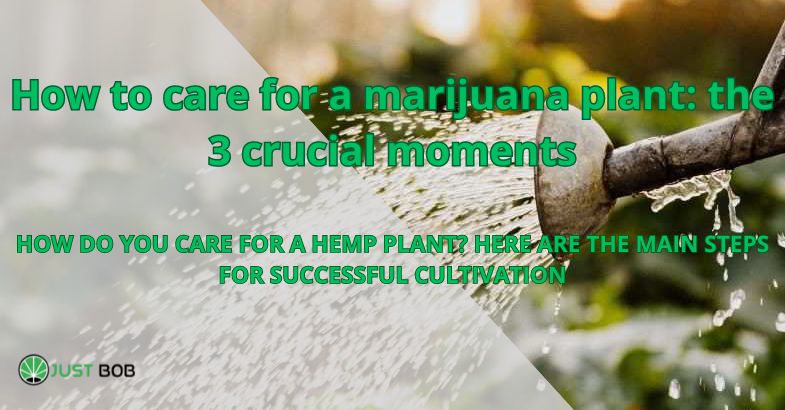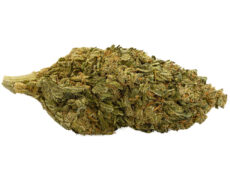Modified on: 19/04/2024
HOW DO YOU CARE FOR A HEMP PLANT? HERE ARE THE MAIN STEPS FOR SUCCESSFUL CULTIVATION
In Switzerland the cultivation of cannabis is prohibited; only EU certified CBD cannabis can be grown with prior authorisation.
Precisely for this reason, both many admirers of the plant and many gardening enthusiasts – not being able to experiment with this type of cultivation – have a great curiosity to know how to grow a Maria plant.
-
 SMALL & BIG
SMALL & BIGBUBBLEGUM
Indoor | CBD – CBDA < 22%
Starting from:EASTER SALE -10%
1,25CHF1,10CHF/gGrams3 5 10 20 50 100 -


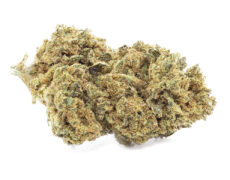
DO SI DOS
Starting from: 2,00CHF/gIndoor | CBD – CBDA < 19%
Grams3 5 10 20 50 100 -


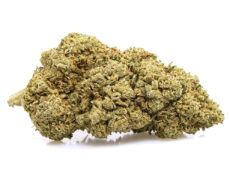
ROYAL GG#4
Starting from: 2,30CHF/gIndoor | CBD – CBDA < 40%
Grams3 5 10 20 50 100 -


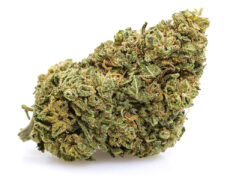
GORILLA GLUE
Starting from: 2,90CHF/gIndoor | CBD – CBDA < 20%
Grams3 5 10 20 50 100
Some argue that hemp can be grown anywhere and without particular care; others, however, say that it has specific needs, in the absence of which plants cannot survive.
But, in concrete terms, what should we know?
In this article (for purely informative purposes) we will talk about the important aspects that the most expert hemp growers take into account when caring for a marijuana plant.
Let’s begin!
1. Growing marijuana: let’s start from the beginning
Those who grow marijuana plants know well that for them to continue healthy and thriving it is important to satisfy all their needs. Without a doubt we need to start with the right seeds, create the ideal environment and then study an ad hoc nutrition plan.
Let’s go in order.
As for seeds, you should know that today there are many genetics: there are sativa hemp, indica and many hybrids.
Some give rise to very tall and slender plants, others to shorter and wider plants. And not only…
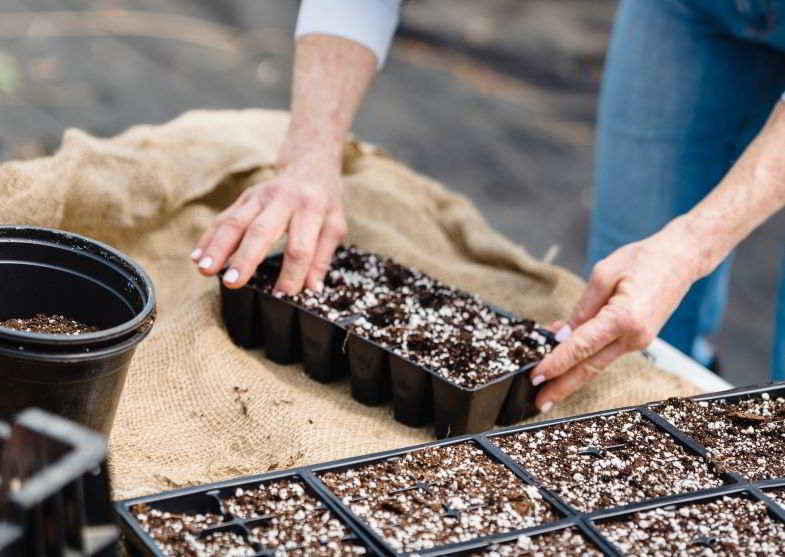

Hemp growers who grow cannabis in small spaces tend to prefer seeds from indica-dominant genetics (usually shorter and less ‘bulky’); those who grow outdoors, however, often opt for those that give life to taller and more voluminous plants.
Furthermore, each variety of hemp has different characteristics in terms of aromas and concentration of cannabinoids. CBD weed, for example, is free of THC, while other genetics have a more or less high quantity: a detail that should not be underestimated!
After choosing the ideal seeds, the germination phase can be started.
There are those who choose to plant the seeds directly in the ground and those who prefer to germinate them in cotton or paper napkins. Both practices are effective but, in both cases, it is important that the seeds are kept in the dark, that they can enjoy the right humidity and the correct temperature.
The germination phase can be considered completed when, after the appearance of the cotyledons, the first true leaves emerge.
2. Vegetative phase: light and nourishment to start development
When the marijuana seedlings have formed, the process of photosynthesis begins: from this moment on, light will play a fundamental role.
In fact, like all other plants, cannabis plants also need to be in a bright environment to grow.
In outdoor crops (i.e. outdoors) they will take sunlight; in indoor ones, however, an artificial lighting system will need to be installed to ensure their survival.
Depending on the genetics of the hemp grown, to stimulate the growth of the plants, you can choose whether to set a regime of eighteen hours of light and six of darkness, or twelve and twelve.
Outdoors, however, cannabis plants begin to develop rapidly when the hours of light increase (in summer and spring).
As for nutrition, to take care of marijuana plants, you need to pay attention to both the type of soil in which they are planted and the fertilizers, which must be specific for the vegetative period.
The most experienced hemp growers usually prefer friable soil (perfect for encouraging root development), to be periodically enriched with liquid compost and fertilizers based on well-balanced vitamins and mineral salts.
Furthermore, during the development phase of hemp, it is important to constantly carry out both trimming and pruning, processes necessary to encourage the formation of the foliage.
And now let’s move on to irrigation. How often do you water a Maria plant?
In outdoor plantations, in case of frequent rains, the plants do not have a great need for water from the hemp growers; if the rains are scarce, it is necessary to water the plants often, but being careful to prevent the earth from getting soaked.
In indoor crops, however, irrigation schemes are usually followed. By watering the plants with water at the right pH and regularly it is possible to nourish them without their roots being affected by excessive humidity or poor hydration.
3. Flowering: the most exciting moment
When the vegetative phase comes to an end, hemp plants begin to flower. During this period you must be very careful, or all previous work will be lost.
But how do you realize that the flowering phase is starting?
If you grow photo-dependent hemp genetics (it makes no difference whether it is legal marijuana or one with a high THC content) you must take into account that:
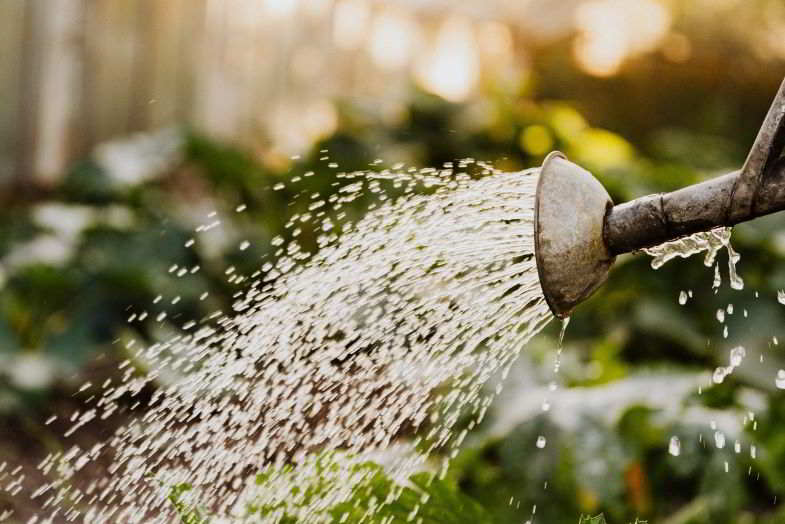

in outdoor crops flowering begins when summer comes to an end and the hours of darkness increase;
in indoor crops, however, it is up to the hemp growers to vary the dark and light cycles to induce this phase.
When growing autoflowering cannabis plants, however, at a certain point in their growth, flowering begins regardless of variations in light.
But what changes during flowering?
During this period it is necessary to change the type of irrigation and fertilization.
In fact, when hemp plants are given the right care, satisfaction is not long in coming: many flowers are born, rich in pistils and trichomes.
If you’re wondering what the latter are, it’s simple.
The pistils are elements of the flowers that are essential for evaluating the level of maturation of the plant; the trichomes, on the other hand, are responsible for producing the resin: the most loved substance in hemp, rich in cannabinoids, aromas and perfumes.
By continuing to feed cannabis plants as was done in the vegetative phase, you would risk compromising the entire flowering. The plants may not flower at all or only produce a few poor quality flowers (poor in pistils and trichomes, and with compromised taste and aromas): this is why so much attention is needed!
Read also: Hashish and negative effects: here are the best known
To conclude
As we have seen, to take care of marijuana plants, just a little water is not enough but, starting from the germination phase, attention must be paid to many details.
Each development period involves different procedures and, for plants to grow successfully, it is important to know them.
After this in-depth analysis for information purposes, if you are an admirer of cannabis and its derivatives, we invite you to visit our store.
In our cannabis light shop you can find legal hashish, CBD oil and light weed buds: all excellent quality collectible products.
We are waiting for you!


